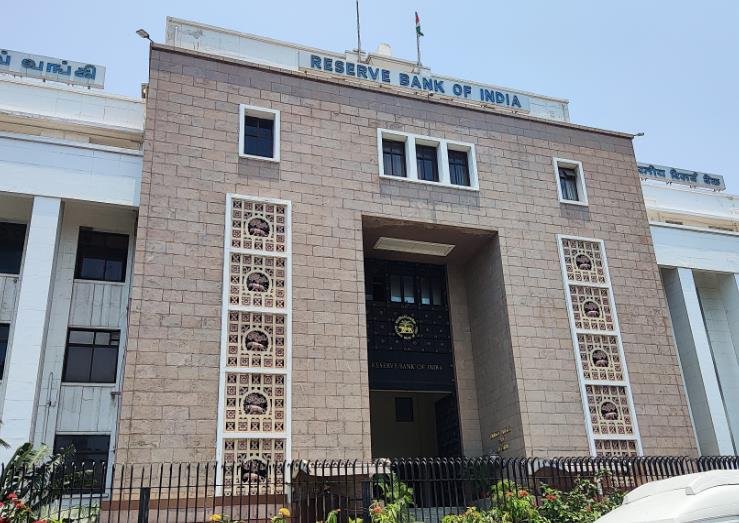The Reserve Bank of India’s (RBI) recent regulatory clampdown on banks and non-banking financial companies (NBFCs) is poised to usher in a new era of compliance and customer protection. However, this move by India’s central banking institution may also lead to an uptick in the cost of capital, according to S&P Global.
The RBI’s stringent measures are designed to fortify the financial sector’s operational resilience. Actions such as restraining certain financial institutions from engaging in specific types of lending and increasing risk weights on unsecured loans are indicative of a shift towards more rigorous oversight.

While these steps are commendable for enhancing compliance culture, they come with the caveat of potentially higher capital costs for financial entities. This could, in turn, affect loan growth, which is projected to decelerate in the coming fiscal year.
The Ripple Effect
The implications of the RBI’s clampdown are far-reaching. Financial institutions are likely to experience a period of adjustment as they align with the new regulations. This period could see a cautious approach to lending, particularly among fintechs and other regulated entities.
Moreover, the increased compliance costs arising from these regulatory actions may impinge on the competitive capabilities of smaller firms, altering the financial landscape.
The Road Ahead
As the RBI continues to emphasize its commitment to strengthening the financial sector, the industry braces for a transformative phase. The long-term benefits of these regulatory measures may well outweigh the initial challenges, leading to a more robust and transparent financial ecosystem in India.








